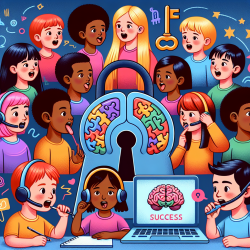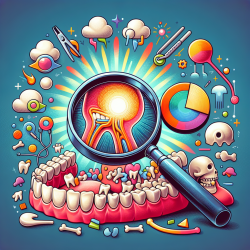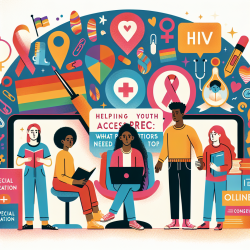As the world continues to embrace digital solutions in healthcare, the importance of digital health literacy cannot be overstated. Digital health literacy refers to an individual's ability to access, understand, and engage with digital healthcare resources. The scoping review titled "Available tools to evaluate digital health literacy and engagement with eHealth resources: A scoping review" provides valuable insights into the current methods used to assess digital health literacy. This blog will highlight key findings from the review and offer practical advice for practitioners to improve their digital health literacy skills.
Key Findings from the Scoping Review
The scoping review identified several tools used to evaluate digital health literacy, with the eHealth Literacy Scale (eHEALS) being the most commonly utilized. Here are some of the critical findings:
- The eHEALS questionnaire is widely used to measure digital health literacy among various populations, including adults and adolescents.
- Most studies employed surveys to gather data, often using online, paper, or telephone questionnaires.
- Secondary elements such as focus groups and semi-structured interviews were sometimes incorporated to gain a broader understanding of participants' health literacy.
- The review highlighted the need for more objective methods to assess digital health literacy, as self-reported measures like eHEALS have limitations.
Practical Advice for Practitioners
To enhance your digital health literacy skills and better support your clients, consider the following strategies:
1. Utilize the eHEALS Questionnaire
The eHEALS questionnaire is a valuable tool for assessing digital health literacy. It measures individuals' perceived knowledge of how to use the internet to find and evaluate health resources. Incorporate this questionnaire into your practice to gain insights into your clients' digital health literacy levels.
2. Combine Multiple Data Collection Methods
While surveys are useful, combining them with other data collection methods such as focus groups or interviews can provide a more comprehensive understanding of your clients' digital health literacy. This approach allows you to capture qualitative data that may not be evident through surveys alone.
3. Address Barriers to Digital Health Literacy
Identify and address barriers that may prevent your clients from engaging with digital health resources. These barriers can include lack of access to technology, low digital literacy skills, and cognitive impairments. Providing additional support and resources can help bridge these gaps and ensure equitable access to healthcare.
4. Advocate for Objective Assessment Tools
Advocate for the development of objective assessment tools that can accurately measure digital health literacy. These tools should include functional skills assessments and consider factors such as attitudes toward digital healthcare and user interface design.
5. Stay Updated with Technology
Digital healthcare is a rapidly evolving field. Stay updated with the latest technological advancements and ensure that your digital health literacy assessment tools remain relevant and effective. Regularly revisit and update your methods to reflect changes in technology and digital services.
Conclusion
Improving digital health literacy is crucial for ensuring equitable access to healthcare. By utilizing tools like the eHEALS questionnaire, combining multiple data collection methods, addressing barriers, advocating for objective assessment tools, and staying updated with technology, practitioners can enhance their digital health literacy skills and better support their clients.
To read the original research paper, please follow this link: Available tools to evaluate digital health literacy and engagement with eHealth resources: A scoping review










